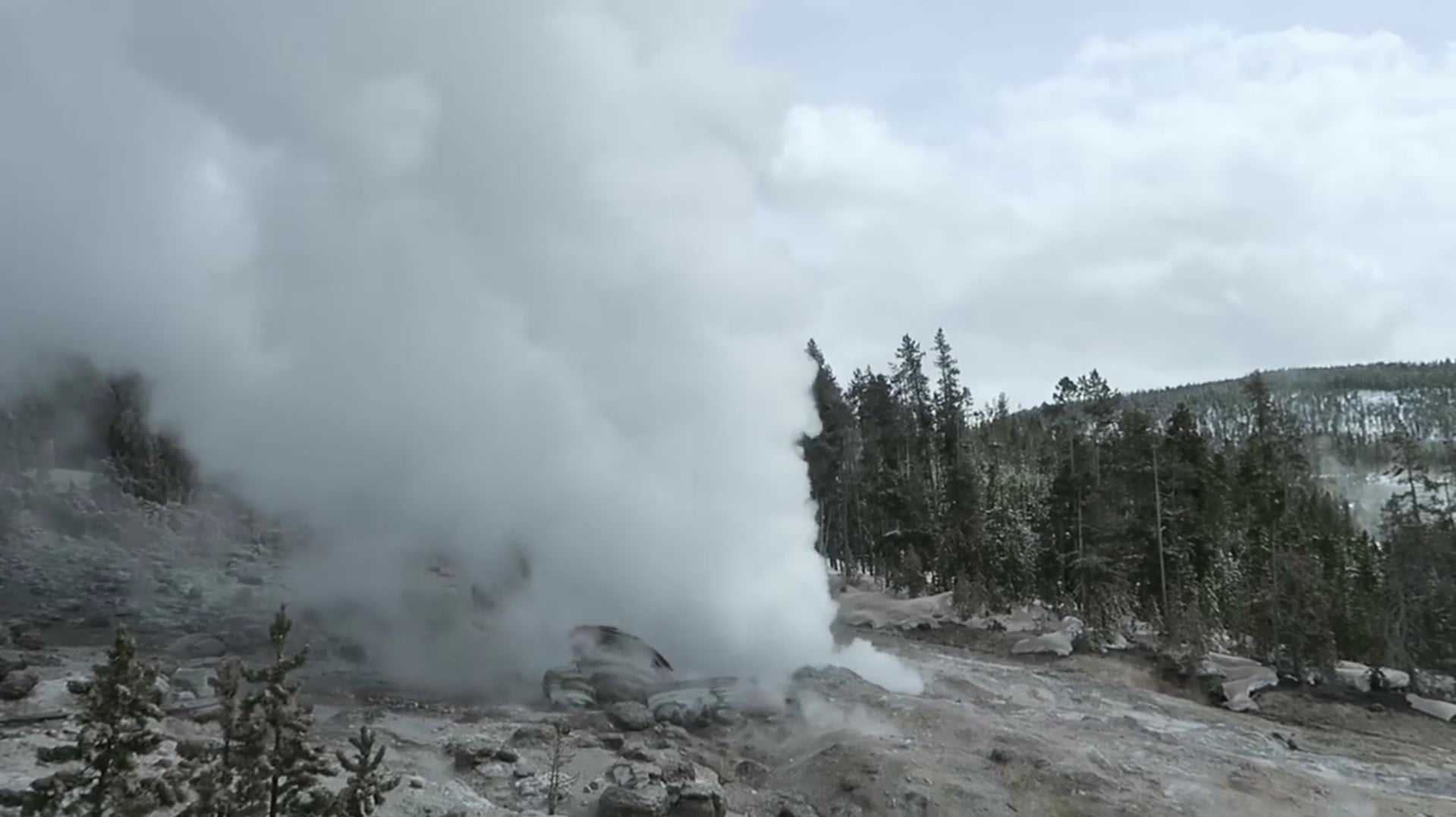New research shows the mechanics and movements beneath the surface that contribute to Yellowstone eruptions.
The findings regarding the movements of the magma involved in Yellowstone eruptions is significant because it may end up allowing for the creation of systems that will help us anticipate future events. While Yellowstone eruptions currently don’t pose a significant threat, there are volcanoes around the world that could potentially cause a significant amount of damage if we aren’t able to prepare for them. By using this new knowledge to develop novel new prediction techniques, we may be able to better equip at-risk areas with the knowledge and infrastructure they need to prepare for volcanic eruptions.
At this current point, the Yellowstone eruptions data doesn’t help us to identify the precise schedule of when the next occurrence will be, but it does help identify what fueled eruptions in the past. Most specifically, the scientists were able to understand how the “plumbing system” underneath the super volcano works, and how the magma moves and accumulates.
In order to arrive at this new information, scientists from the University of Oregon used computer modeling to find a thick crustal layer that may have played a key part in previous Yellowstone eruptions. By controlling the magma and propelling the rise to the surface from the Earth’s mantle to an eventual eruption, this layer made up the backbone of the plumbing system and is presumably present in nearly every volcano around the world.
The researchers found that within 3 to 6 miles underneath the volcano, an upper crust layer consisting of both cold and hard rock is located. These opposing forces work against one another, and the resulting pressure opens up pathways where molten rock can find its way into the upper crust – potentially leading to the Yellowstone eruptions and eruptions like it around the world. These paths trap magma and cause it to accumulate and form a large body called a “sill” which can be as wide as 9 miles thick, and above this area forms magma bodies that contain gas-rich rhyolitic magma.
“We think that this structure is what causes the rhyolite-basalt volcanism throughout the Yellowstone hotspot, including supervolcanic eruptions,” says Ilya Bindeman, coauthor and professor in the university’s Department of Earth Sciences.
The research was published in Geophysical Research Letters, and will be used to compare the mantle plumes responsible for the Yellowstone eruptions with the mantle plumes in other locations around the world. As we work to understand more about how these plumes and “magma plumbing” work, we may be able to predict eruptions moving forward. At this current point, however, the knowledge has yet to work its way into a practical application. Still, this finding has the potential to bridge the gap between academic knowledge and real-world usefulness – giving researchers the ability to know when and where we’ll see an eruption and taking steps to both study the occurrence as well as to ensure that the safety of the land around it is taken care of.
There are still gaps in our knowledge that the computer modeled images don’t address, however. With further research, we may finally learn more about the exact composition, state, and amount of magma that lies both above and below the sill. We also don’t really have any information about why these sills formed there specifically, which will also need to be uncovered in order to better inform scientists and assist with future predictions.





